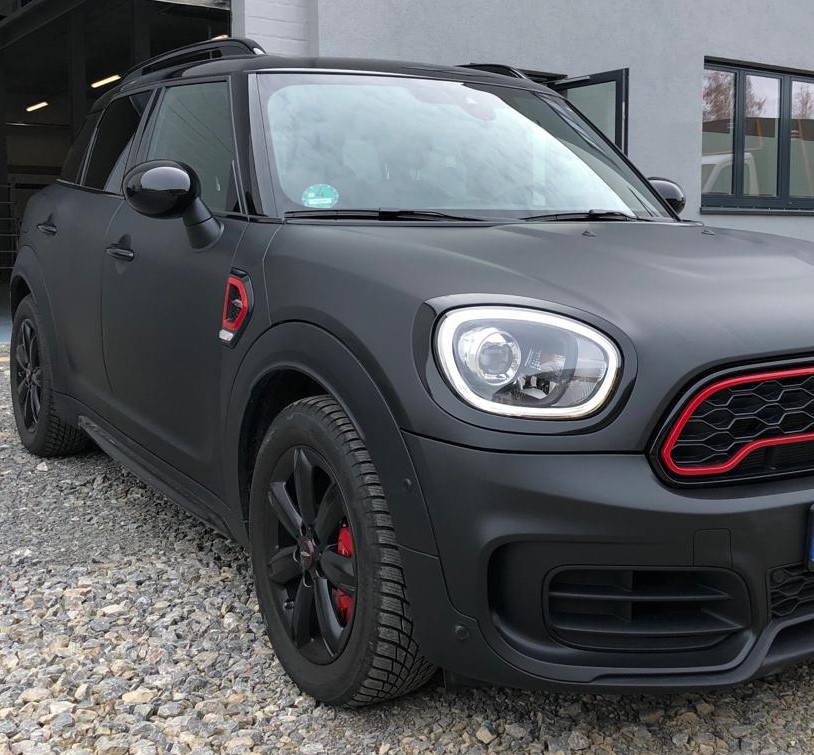Vehicle wraps are a dynamic and effective way to turn your vehicle into a mobile advertisement. They offer a high-impact solution for brand visibility and marketing, making them a popular choice for businesses of all sizes. To ensure your vehicle wraps achieve the best results, it’s essential to follow best practices for both design and installation. This blog will guide you through these best practices to help you create stunning and effective vehicle wraps.
Understanding Vehicle Wraps
Vehicle wraps involve applying large vinyl sheets to a vehicle’s surface, transforming it with custom designs and messages. These wraps can cover the entire vehicle or specific areas, depending on your branding needs. They offer an excellent opportunity to reach a wide audience and enhance your brand’s visibility.
Design Best Practices for Vehicle Wraps
Know Your Objectives
Before starting the design process, clearly define your goals. Are you aiming to increase brand awareness, promote a specific product, or simply enhance your vehicle’s appearance? Understanding your objectives will guide your design choices and ensure the wrap effectively communicates your message.
Choose the Right Design Elements
Your vehicle wrap design should include key elements that capture attention and convey your brand message. These elements typically include:
- Logo and Brand Colors: Incorporate your company’s logo and brand colors to ensure consistency and reinforce brand identity.
- Clear Messaging: Use concise and impactful text to communicate your message. Avoid clutter and ensure the message is readable from a distance.
- High-Quality Images: Use high-resolution images and graphics to maintain clarity and professionalism. Avoid pixelation and ensure that images are sharp and clear.
Consider the Vehicle’s Shape
The design should complement the vehicle’s shape and size. A wrap should flow seamlessly with the vehicle’s contours and avoid obstructing essential elements like windows and doors. Consider how the design will wrap around curves and edges, and ensure it looks cohesive from all angles.
Prioritize Visibility
A successful vehicle wrap design should be easily visible and legible from a distance. Use bold colors, high contrast, and large fonts to ensure the wrap stands out in traffic. Avoid overly intricate designs that may become difficult to read when viewed from afar.
Installation Best Practices for Vehicle Wraps
Prepare the Vehicle Surface
Proper surface preparation is crucial for a successful wrap installation. The vehicle should be thoroughly cleaned and free of any dirt, wax, or grease. Any imperfections on the surface should be addressed, as they can affect the adhesion of the wrap.
Use Professional Installation Services
While DIY vehicle wraps are an option, professional installation is highly recommended for achieving the best results. Professional installers have the expertise and tools required for a precise and flawless application. They can handle complex curves, ensure proper alignment, and avoid common installation issues.
Ensure Proper Adhesion
To ensure the wrap adheres properly, it’s essential to use the right installation techniques. Professionals use specialized tools to apply the wrap smoothly and eliminate air bubbles. Proper heating and stretching techniques are also employed to ensure a tight fit and avoid wrinkles.
Allow for Proper Curing
After installation, the wrap needs time to cure and adhere fully to the vehicle. Follow the manufacturer’s recommendations for curing time and avoid washing or exposing the vehicle to harsh conditions during this period. Proper curing ensures the wrap remains securely in place and maintains its appearance.
Maintenance and Care for Vehicle Wraps
Regular Cleaning
Maintaining the appearance of your vehicle wrap requires regular cleaning. Use a mild detergent and a soft cloth or sponge to clean the wrap, avoiding abrasive cleaners or brushes that can damage the vinyl. Rinse thoroughly and allow the wrap to air dry.
Avoid Harsh Conditions
Protect your vehicle wrap from harsh conditions such as extreme temperatures, road salt, and heavy debris. If possible, park your vehicle in a garage or shaded area to minimize exposure to the elements. Regular maintenance will help extend the life of the wrap and keep it looking its best.
Address Issues Promptly
If you notice any issues with the wrap, such as peeling or bubbling, address them promptly to prevent further damage. Minor issues can often be repaired by a professional installer, ensuring the wrap remains in excellent condition.
Conclusion
Vehicle wraps are a powerful tool for enhancing brand visibility and making a lasting impression. By following best practices for design and installation, you can ensure your vehicle wrap delivers maximum impact and effectiveness. Proper preparation, professional installation, and ongoing maintenance are key to achieving a successful wrap that stands out and represents your brand effectively.
GRAPHICS GROUP – The Group of Graphics Companies – is your expert partner in creating and installing high-quality vehicle wraps. Our team of professionals is dedicated to providing exceptional design and installation services that drive results. Contact GRAPHICS GROUP today to learn how we can help transform your vehicle into a mobile advertising powerhouse.

